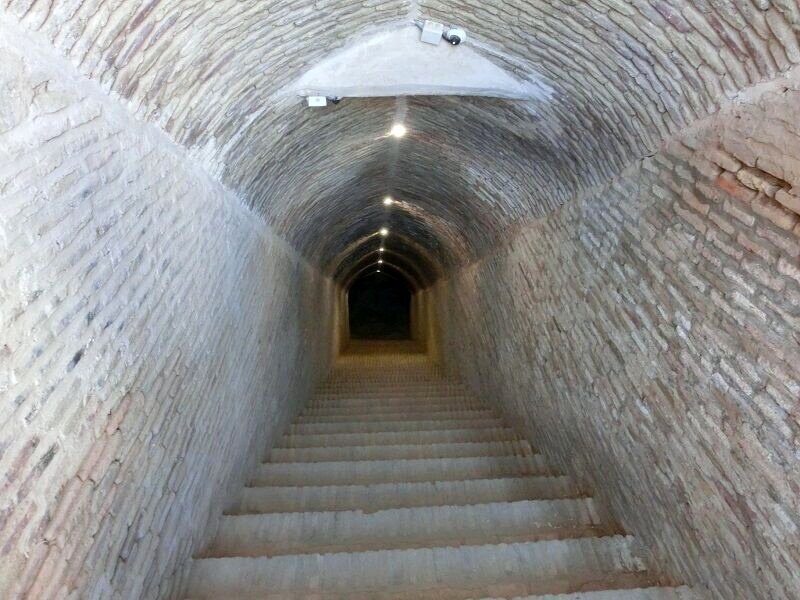Restoration completed on historical cistern in northeast Iran

TEHRAN – The first phase of a restoration project on a Qajar-era (1789-1925) Ab-Anbar (cistern) in Chenaran county in the northeastern province of Khorasan Razavi has come to an end, a local tourism official has said.
A budget of 700 million rials ($1,750) was allocated to the project, Mohammad Taherian explained on Friday.
The project involved strengthening the structure, repairing damaged parts, and replacing worn-out materials, the official added.
The term Ab-Anbar is common throughout Iran as a designation for roofed underground water cisterns. It associates with water management systems in arid areas that are reliant on permanent springs or seasonal rainwater.
Such underground reservoirs or Ab-Anbars are parts of the iconic qanat systems, which rely on snow-fed streams flowing down from surrounding mountains.
Qanats, according to UNESCO, provide exceptional testimony to cultural traditions and civilizations in desert areas with an arid climate.
Located 50 kilometers northwest of Mashhad, the provincial capital, Chenaran is a mountainous destination with rich wildlife for local holidaymakers.
ABU/AM
Leave a Comment